Victoria Allen was born healthy as part of a triplet, and as a little girl she liked to dance and show her talent in sports.
Two weeks later, she was paralyzed from the waist down. Her body went out piece by piece. A severe brain and spinal infection destroyed her life.
Her family could only watch from the sidelines while Victoria lost the ability to walk, eat and move.
But her amazing story had just begun. What happened four years later shocked her family and the entire world of medicine.
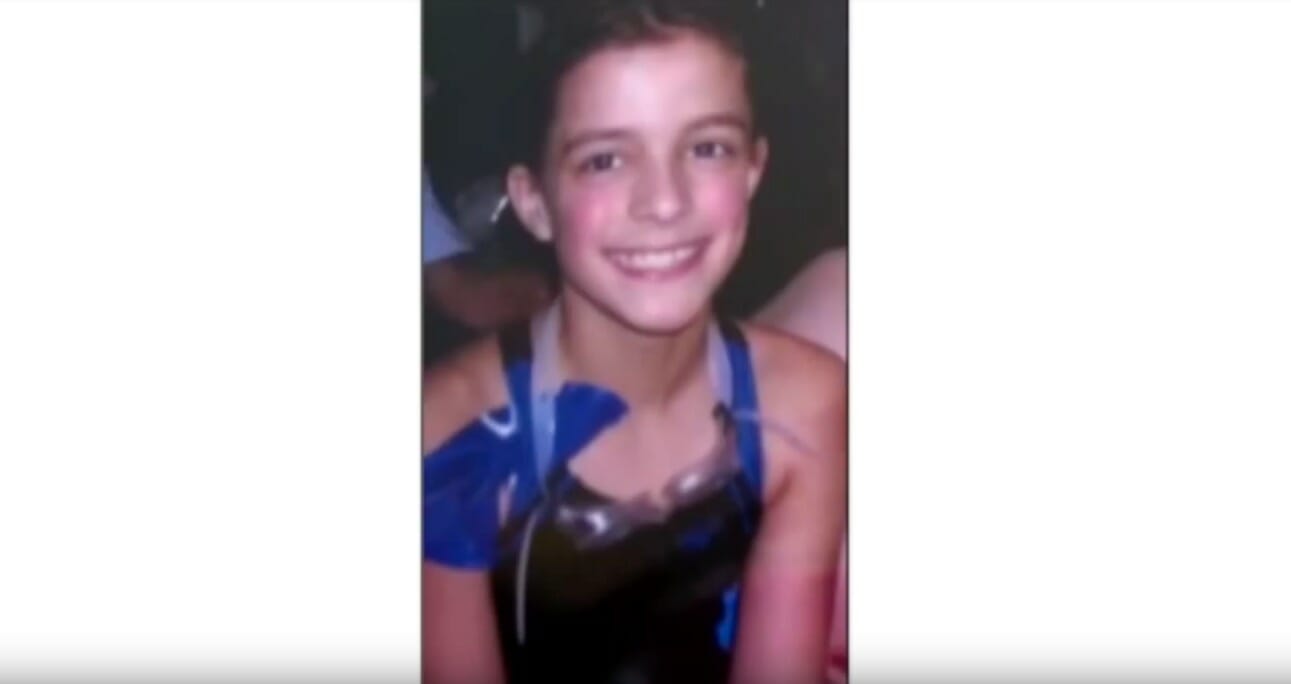
Victoria has been “imprisoned” in her body for nearly four years.
The doctors explained to her family that she was in a vegetative state. Only feeding through the cannula left her alive.
Her parents were aware that the chances of her recovery were not high.
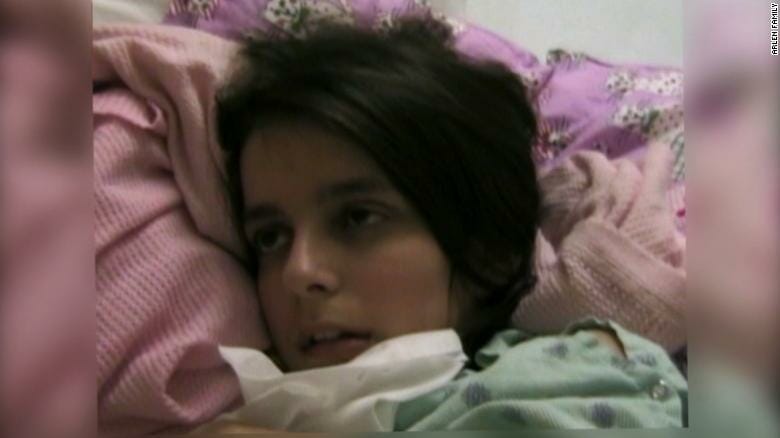
But what no one knew was that Victoria could hear everyone talking near her.
Two years after going into a coma, she “woke up” mentally again, but still could not move her body. She could hear conversations around her and wanted to make contact and interact, but her body did not respond to commands.
In a situation that seemed to have been taken from a nightmare, Victoria had no way of telling people what was happening with her.

Diagnosis of doctors
By this time, doctors had discovered the unusual disease that caused inflammation in Victoria’s brain and spine.
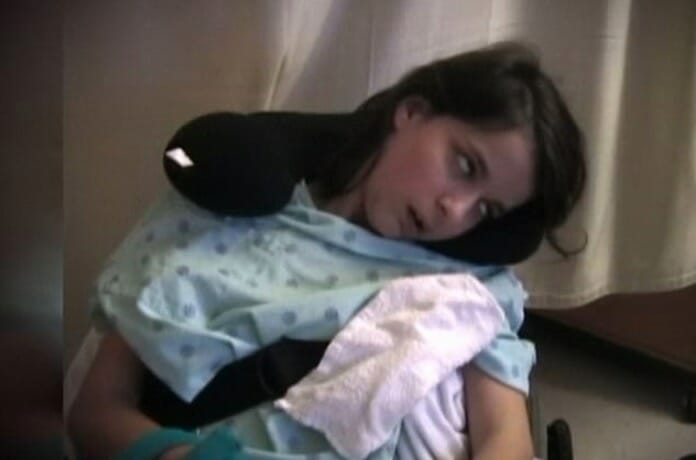
“But my parents believed in me, they built a hospital room in our house and treated me .. My three brothers – I am part of a triplet and we have a big brother – talked to me and informed me about what is happening outside my room, and they gave me the strength to fight and become stronger. They didn’t know that I can hear them, but I could”, Victoria said.
In 2010, Victoria got out of the vegetative state.
It all began in December 2009, when she managed to make eye contact with her mother. From there she slowly began to return to life. She managed to move a finger, and in time to move the whole hand. In the end she managed to say words, and the words became sentences.
She began to eat liquid food on her own and slowly moved to solid food. Then she managed to hold a cell phone, and even learned how to do ‘poke’ to someone on Facebook.
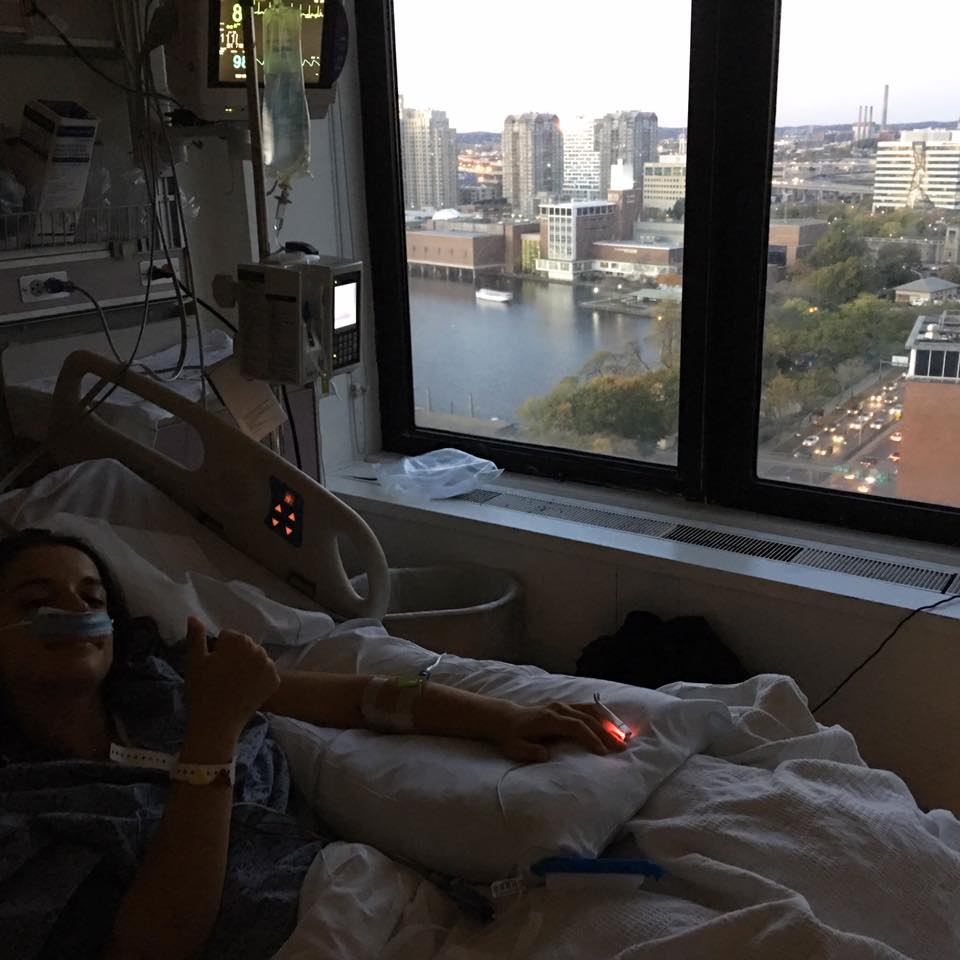
But despite the tremendous improvement, there was still something she could not do: move her legs.
Every expert told her the same thing: “You have to get used to living in a wheelchair”.
Became a victim of bullying because of the wheelchair
But Victoria has a willpower that very few have. She continued her battle against all odds.
When doctors told her she could never walk again, she refused to accept it. Her destiny was not to live in a wheelchair.
When she returned to school in her wheelchair, she became a victim of bullying.
She expected to return to school, but after the first day she didn’t want to come back again.
Victoria returned home completely broken, on the verge of tears. That day, her parents promised they would do anything to return the confidence to their daughter.
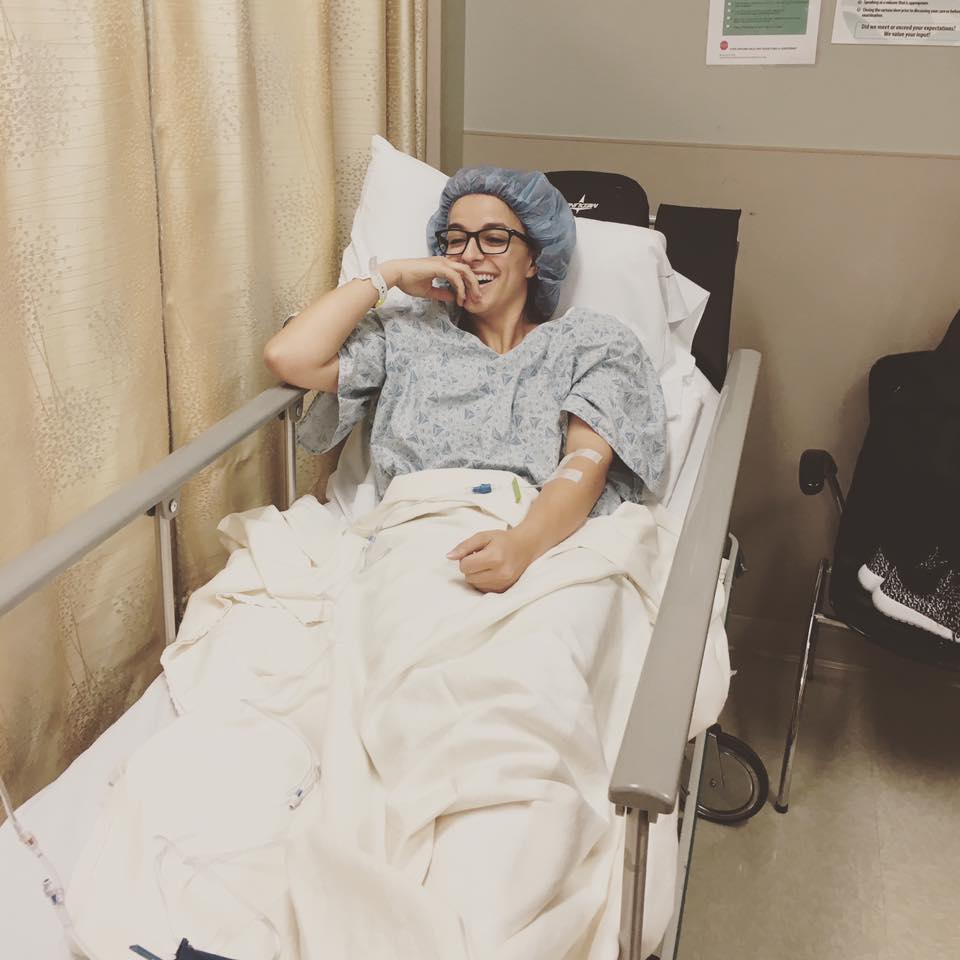
They kept the promise, and didn’t lose hope.
And hope was all Victoria had.
One quote characterizes her struggle at the same time: “Optimism is the fate that leads to achievement, nothing can be done without hope and self-confidence”.
In the end, the turning point appeared in Victoria’s life.
Growing up near a lake and learning to swim at an early age, Victoria was no stranger to water. She joined the swimming team and took part in competitions as early as the age of 10.
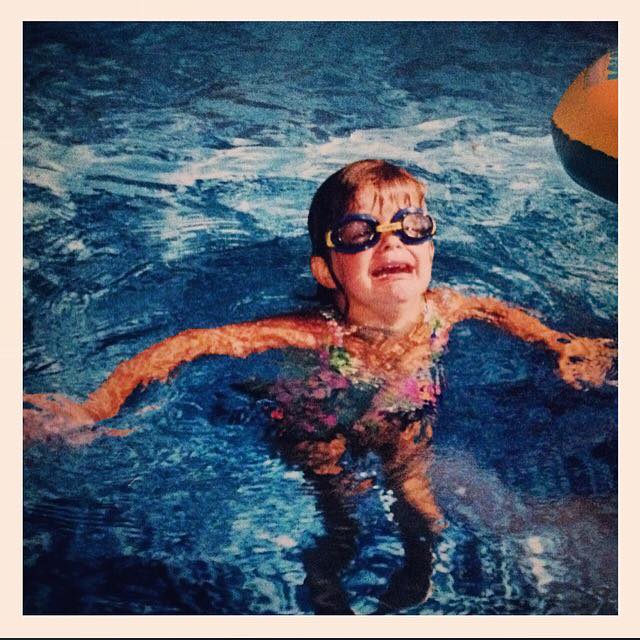
As she recovered from her illness, Victoria did not think she could swim again. She thought it was impossible without using her legs.
But her brothers thought otherwise. In 2010, they threw her into the family’s pool. She was afraid at first, but that was the push she needed.
She said she got the “jump” back to life. While she was swimming, Victoria was free from the wheelchair, and to her surprise she remained a strong swimmer.
Moreover, the water gave her not only freedom, but also self-confidence.
In the summer of 2012, at the age of 17, Victoria was part of the US team at the Paralympic Games. She won 3 silver medals, and one gold medal in the 100 meters freestyle. It also set a world record in swimming for 100 meters free.
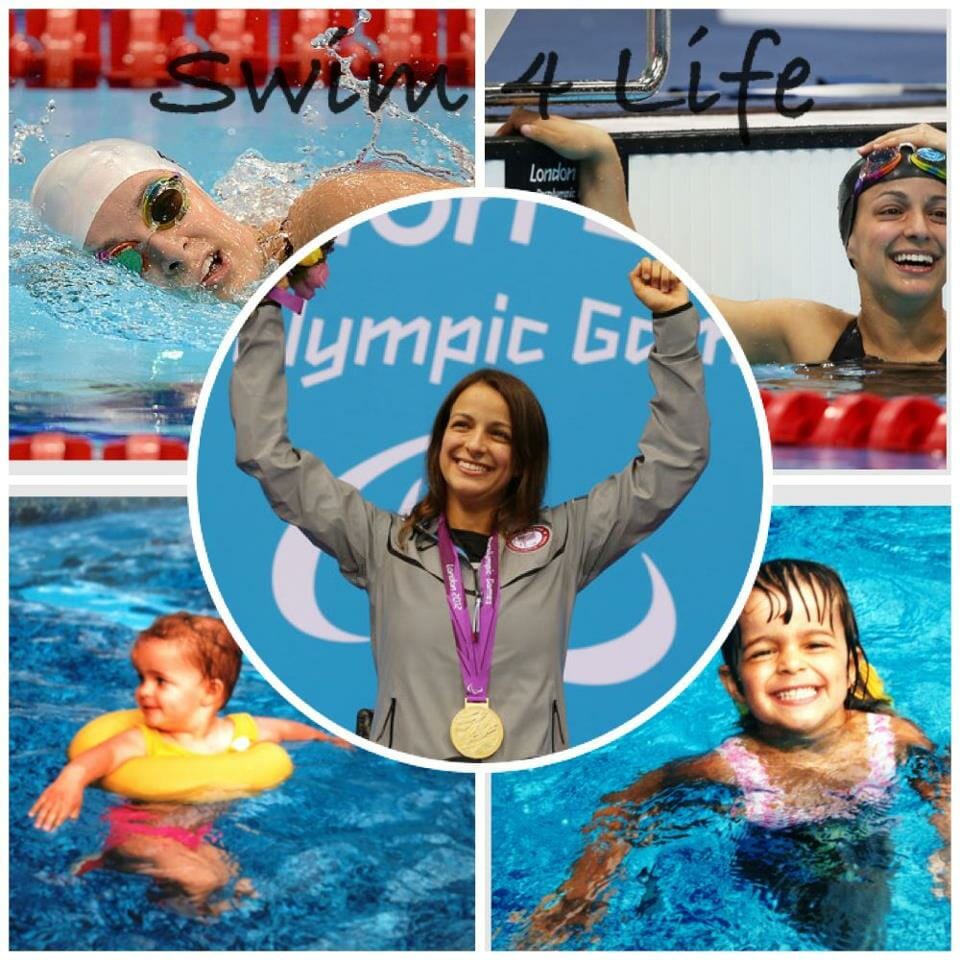
She began telling her story to reporters and journalists: she became an inspiration for millions of people all over the world.

But there was still something that disturbed her: the wheelchair.
In 2013, Victoria moved to San Diego to take part in Project Walk, which helps paralyzed people stand on their two legs again.
“My mother and I moved temporarily to San Diego, and we lived with our family so that I could practice every day … We realized that this was a place that could help me, but we did not want to live thousands of kilometers from my brothers and my father, so they kept their promise, and my family decided to open the first branch of the project on the east coast, so I can practice every day and achieve my goal, and others in my city can get the hope they need”, Victoria said.
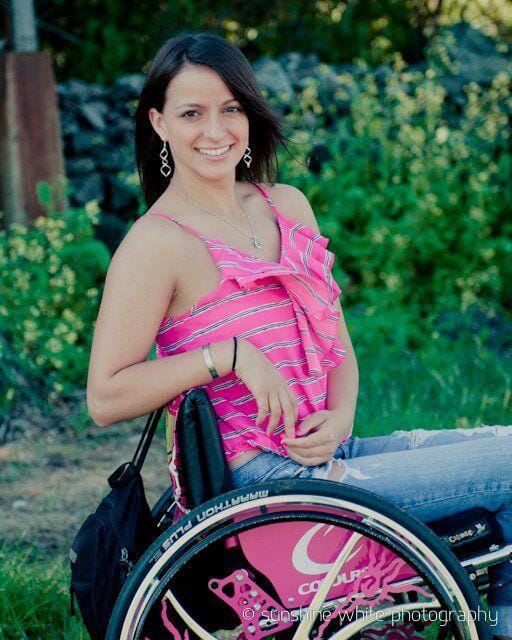
Still though, hospital experts were skeptical about Victoria’s ability to walk again.
A doctor told her parents that he “would not pawn his house on it”. And they did just that, and pawned their house so they could get the money to open their branch of Project Walk.
On 11 November 2015 Victoria took her first steps.
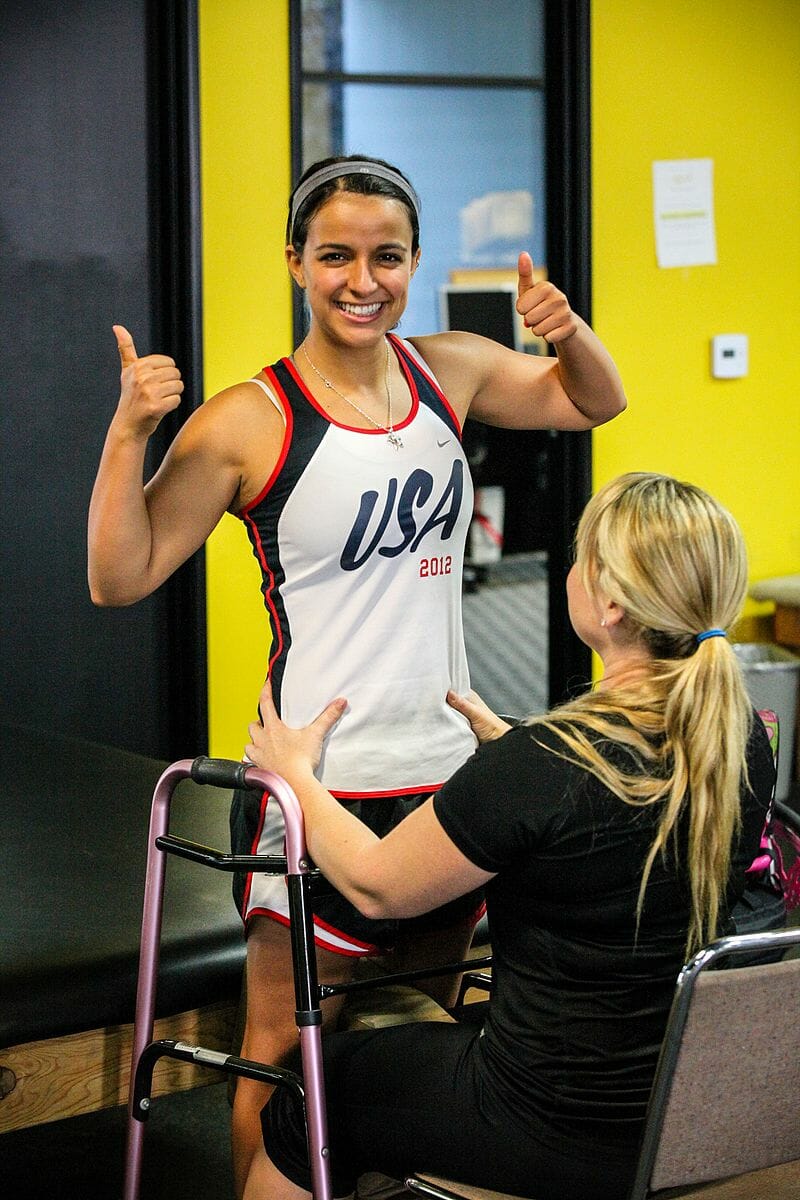
She was still in the harness above the treadmill, with two trainers helping her move her legs.
By then, it has been six years since she “woke up”. Her legs have been declared dead by many doctors, over and over again.
But Victoria got up every day and trained for 6 hours a day to achieve her goal.
Slowly the movement began to return to her feet. And after a while she began walking with crutches.
Five months later, on March 3, 2016, she threw the crutches and began walking on her own. And has not stopped since.
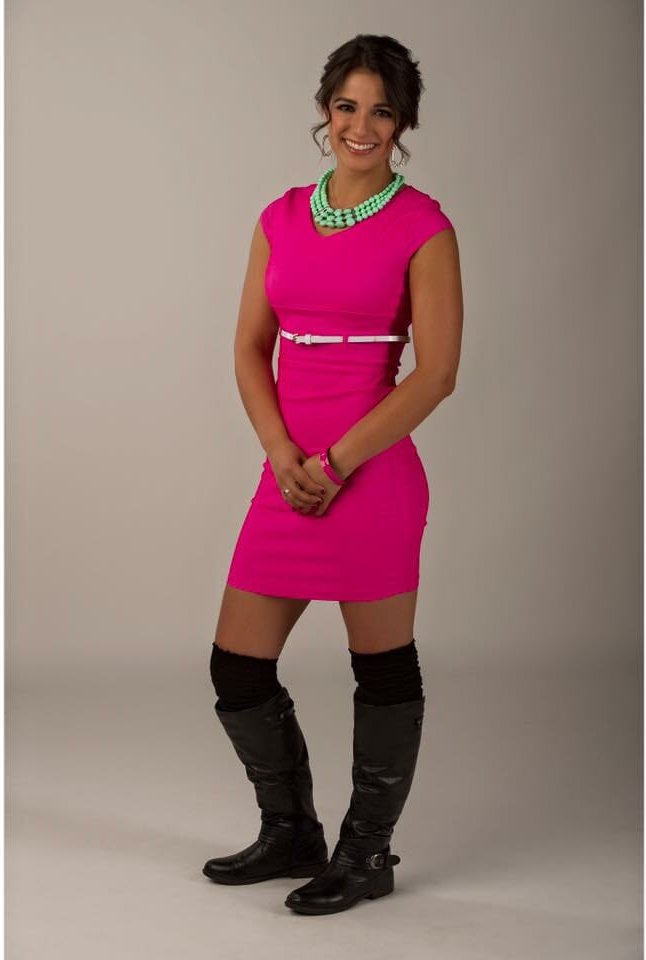
“It doesn’t mean that every day is perfect, walking is still a challenge and I still have a lot of room for improvement, I have iron on my legs, and I have a two to three day training program, and on days when my legs feel more paralyzed I use the wheelchair or crutches. But my difficulty is less visible”, she said.
Only her coach and her family know the truth about what happened and the effort she invests to progress further and on.
“But it’s worth it, it’s been 10 years since I could look at someone at eye level instead of staring at asses all day long”.

When Victoria first got up from her wheelchair, she did not know what to think.
She did not know how people would react to her.
“But then I understood that it was my journey and not anyone else’s, and maybe it would give hope for the people who needed it”.
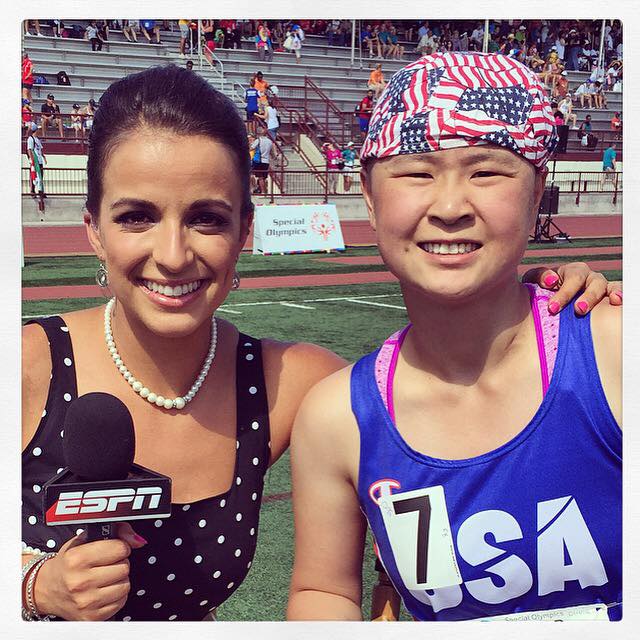
She is a gold medalist in the Paralympic Games, a presenter in the world’s largest sports channel, ESPN, and most of all, she survives.
Victoria is sometimes seen as a going and talking conference, and an inspiration for everyone. But she points to one thing:
“I did not do it alone, I am grateful to anyone who helped me get to this point, and every day I feel more comfortable with my new reality, I thought these steps on March 3 would be the finish line, but the truth was that they were just the beginning”.
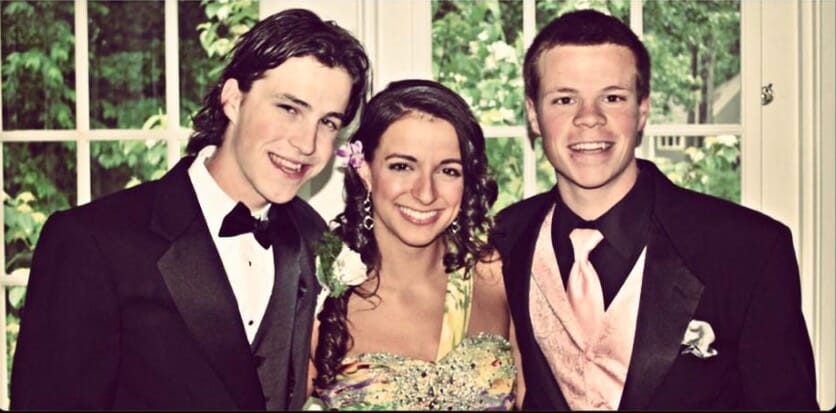
What an amazing journey this powerful, brave and inspiring woman has gone through!
The least we can do is share her story so that all our friends and family will get the inspiration from her battle!
“Optimism is the fate that leads to achievements, there is nothing that can be done without hope and self-confidence”.
We wish Victoria all the best.











